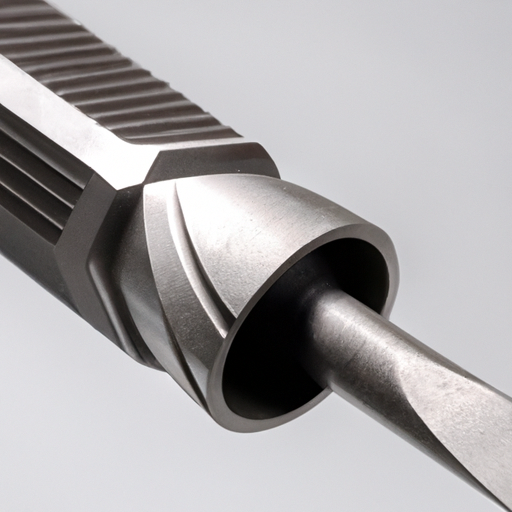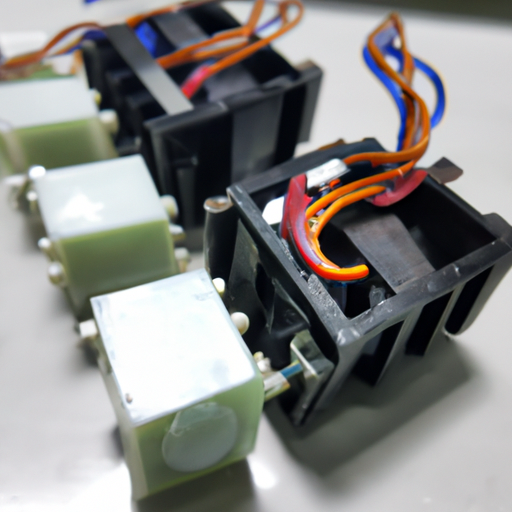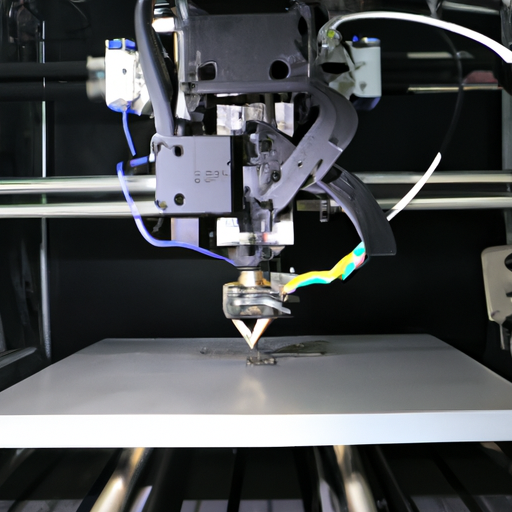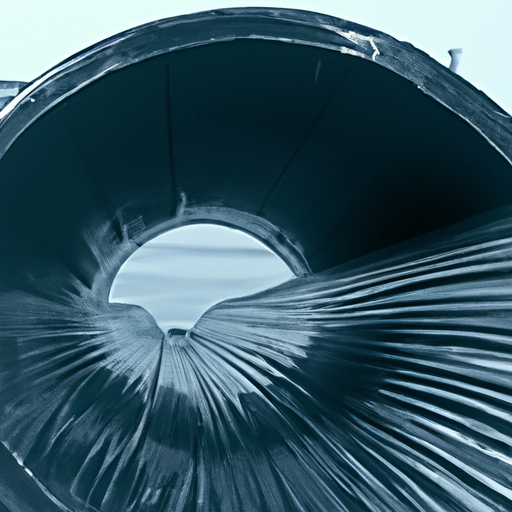What Should We Pay Attention to in the Practical Application of Mechanical Processing?
I. Introduction
Mechanical processing is a fundamental aspect of manufacturing that involves the removal of material from a workpiece to achieve desired shapes, sizes, and surface finishes. This process is crucial in various industries, including automotive, aerospace, and electronics, where precision and quality are paramount. The purpose of this article is to explore the key considerations in the practical application of mechanical processing, ensuring that manufacturers can optimize their operations for efficiency, quality, and safety.
II. Understanding Mechanical Processing
A. Overview of Mechanical Processing Techniques
Mechanical processing encompasses a variety of techniques, each suited for specific applications and materials. The most common methods include:
1. **Cutting**: This involves the removal of material using sharp tools. It is widely used in machining operations such as turning and milling.
2. **Grinding**: A finishing process that uses abrasive wheels to achieve high precision and smooth surface finishes.
3. **Milling**: A versatile process that uses rotating cutters to remove material from a workpiece, allowing for complex shapes and features.
4. **Drilling**: The creation of holes in a workpiece using a rotating drill bit, essential for many assembly processes.
B. Materials Commonly Processed
Mechanical processing can be applied to a wide range of materials, including:
1. **Metals**: Steel, aluminum, and titanium are commonly processed due to their strength and durability.
2. **Plastics**: Used in various applications, plastics require specific processing techniques to avoid melting or deformation.
3. **Composites**: These materials, often used in aerospace and automotive applications, require specialized techniques due to their unique properties.
C. Applications in Various Industries
Mechanical processing plays a vital role in several industries:
1. **Automotive**: Components such as engine parts, chassis, and transmission systems rely on precise mechanical processing.
2. **Aerospace**: The production of lightweight and strong components is critical for aircraft and spacecraft.
3. **Electronics**: Mechanical processing is essential for creating circuit boards and enclosures for electronic devices.
III. Key Considerations in Mechanical Processing
A. Material Selection
Choosing the right material is crucial for successful mechanical processing. Factors to consider include:
1. **Properties of Materials**: Understanding the mechanical properties, such as hardness, ductility, and thermal conductivity, is essential for selecting appropriate processing techniques.
2. **Compatibility with Processing Techniques**: Not all materials can be processed using the same methods. For example, some plastics may not withstand high temperatures generated during cutting.
B. Tool Selection and Maintenance
The choice of tools significantly impacts the quality of the finished product. Key considerations include:
1. **Types of Tools Used**: Selecting the right tool for the job is essential. For instance, carbide tools are often preferred for their durability and ability to maintain sharpness.
2. **Importance of Tool Maintenance**: Regular maintenance ensures tools remain effective and reduces the risk of defects in the finished product.
3. **Tool Wear and Its Impact on Quality**: Monitoring tool wear is critical, as worn tools can lead to poor surface finishes and dimensional inaccuracies.
C. Machine Setup and Calibration
Proper machine setup and calibration are vital for achieving precision and accuracy. Considerations include:
1. **Importance of Proper Setup**: Ensuring that machines are set up correctly can prevent errors and reduce waste.
2. **Calibration Techniques**: Regular calibration of machines helps maintain accuracy and consistency in production.
3. **Impact of Setup on Precision and Accuracy**: A well-calibrated machine can produce parts that meet stringent tolerances, which is essential in high-precision industries.
IV. Process Parameters
A. Cutting Speed and Feed Rate
Understanding cutting speed and feed rate is crucial for optimizing mechanical processing:
1. **Definitions and Importance**: Cutting speed refers to the speed at which the cutting tool moves through the material, while feed rate is the distance the tool advances during each revolution.
2. **Effects on Surface Finish and Tool Life**: Properly balancing these parameters can enhance surface finish and extend tool life, reducing overall production costs.
B. Depth of Cut
The depth of cut influences the efficiency and quality of the machining process:
1. **Influence on Material Removal Rate**: A deeper cut can increase the material removal rate but may also lead to increased tool wear and heat generation.
2. **Balancing Efficiency and Quality**: Finding the right balance between depth of cut and surface finish is essential for optimal processing.
C. Cooling and Lubrication
Cooling and lubrication play a critical role in mechanical processing:
1. **Importance of Cooling in Mechanical Processing**: Effective cooling prevents overheating, which can lead to tool failure and material deformation.
2. **Types of Coolants and Lubricants**: Various coolants and lubricants are available, each with specific properties suited for different materials and processes.
3. **Effects on Tool Life and Surface Finish**: Proper cooling and lubrication can significantly enhance tool life and improve the surface finish of the workpiece.
V. Quality Control in Mechanical Processing
A. Importance of Quality Control
Quality control is essential in mechanical processing to ensure that products meet specifications and customer expectations.
B. Inspection Techniques
Various inspection techniques are employed to maintain quality:
1. **Visual Inspection**: A quick method to identify obvious defects or irregularities.
2. **Dimensional Measurement**: Using tools like calipers and micrometers to ensure parts meet specified dimensions.
3. **Surface Finish Assessment**: Techniques such as roughness measurement help evaluate the quality of the surface finish.
C. Statistical Process Control (SPC)
Implementing SPC can enhance quality control:
1. **Overview of SPC**: This method uses statistical techniques to monitor and control processes.
2. **Benefits of Implementing SPC in Mechanical Processing**: SPC helps identify trends and variations, allowing for proactive adjustments to maintain quality.
VI. Safety Considerations
A. Importance of Safety in Mechanical Processing
Safety is paramount in mechanical processing to protect workers and equipment.
B. Common Hazards in Mechanical Processing
Identifying hazards is the first step in ensuring safety:
1. **Machine Hazards**: Moving parts, sharp tools, and high-speed operations pose risks to operators.
2. **Material Hazards**: Some materials may release harmful fumes or particles during processing.
C. Safety Protocols and Best Practices
Implementing safety protocols is essential:
1. **Personal Protective Equipment (PPE)**: Ensuring that workers wear appropriate PPE, such as gloves, goggles, and ear protection, can prevent injuries.
2. **Training and Awareness Programs**: Regular training helps workers understand safety protocols and the importance of following them.
VII. Future Trends in Mechanical Processing
A. Advancements in Technology
The future of mechanical processing is shaped by technological advancements:
1. **Automation and Robotics**: Increasing automation in manufacturing processes enhances efficiency and reduces human error.
2. **Additive Manufacturing**: This technology allows for the creation of complex geometries that traditional mechanical processing cannot achieve.
B. Sustainable Practices
Sustainability is becoming increasingly important in manufacturing:
1. **Reducing Waste**: Implementing practices that minimize waste can lead to cost savings and environmental benefits.
2. **Energy Efficiency**: Investing in energy-efficient machinery and processes can reduce operational costs and environmental impact.
C. Industry 4.0 and Smart Manufacturing
The integration of technology is transforming manufacturing:
1. **Integration of IoT**: The Internet of Things (IoT) allows for real-time monitoring and data collection, improving decision-making.
2. **Data-Driven Decision Making**: Analyzing data from manufacturing processes can lead to continuous improvement and optimization.
VIII. Conclusion
In conclusion, the practical application of mechanical processing requires careful consideration of various factors, including material selection, tool maintenance, machine setup, process parameters, quality control, and safety. As technology continues to advance, manufacturers must remain adaptable and committed to continuous improvement. Ongoing education and training in mechanical processing will ensure that professionals are equipped with the knowledge and skills necessary to thrive in this dynamic field.
IX. References
A. Suggested Reading and Resources
1. "Manufacturing Engineering and Technology" by Serope Kalpakjian and Steven R. Schmid
2. "Machining and CNC Technology" by Michael Fitzpatrick
B. Industry Standards and Guidelines
1. ISO 9001: Quality Management Systems
2. ANSI B11: Safety Standards for Machine Tools
By paying attention to these key aspects, manufacturers can enhance their mechanical processing operations, ensuring high-quality products and a safe working environment.












